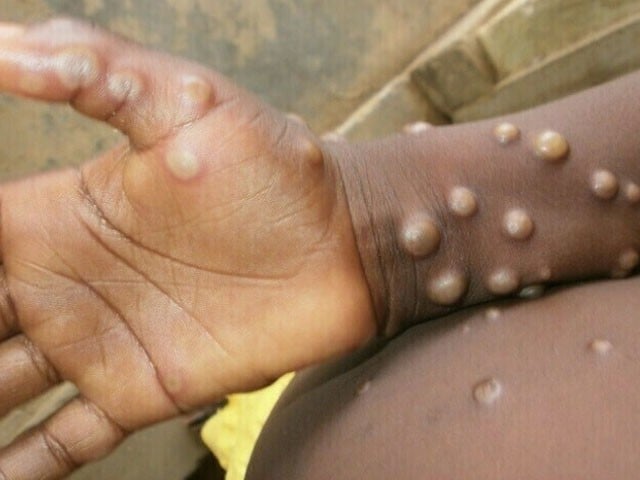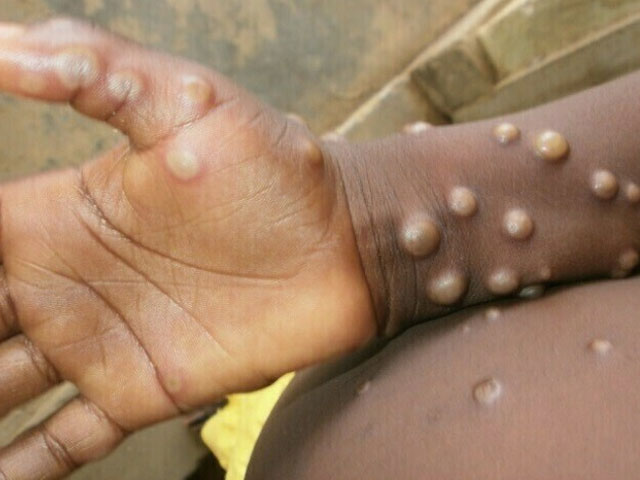
Currently no cases have been reported, however staff are being trained, MS Civil Hospital (Photo: File)
Karachi: Isolation wards for men and women have been established in Jinnah and Civil Hospitals on the instructions of the Sindh Health Department in view of the fear of spread of monkey pox.
According to the details, isolation wards have been established in many government hospitals of Karachi for the care of monkeypox patients.
On the instructions of the Sindh Health Department, the administration of Jinnah Hospital and Civil Hospital have established separate isolation wards for women and men with 10 beds each.
According to MS Civil Hospital Dr. Grace, currently no case has been reported in the hospital, however, the staff is being trained and Panaflex is being applied to the patients for awareness, besides hand sanitizers, gloves, masks and gowns are being provided to the staff. All equipment including.
Executive Director Jinnah Hospital Dr. Shahid Rasool says that an isolation ward has been built in Jinnah Hospital Medical Unit Four. He said that if the cases increase, the number of beds can be increased to forty.
Meanwhile, Sindh Health Minister Ezra Pechuho has said that those who came in contact with the monkeypox patient must be kept in isolation and monitored, the patients can be kept in the Institute of Infectious Diseases. He said that monkeypox test kits are not available, samples can be sent to NIH or abroad.
In this regard, ICCBS Professor Dr. Raza Shah said that there is a facility to test monkey pox, but currently there is no vaccine and medicine, it is also a viral disease like Covid, which requires a lot of caution. .
He further said that RT-PCR test for monkeypox is not available in Karachi. There is no cure for monkey pox, one should drink more vegetables, vitamin C, fruits and water to maintain good immunity.
In view of monkeypox, the Sindh Health Department has also issued instructions to the DHOs to form Rapid Response Teams at the district level. The District Health Authority will take proactive measures for disease prevention and control.
(function(d, s, id){
var js, fjs = d.getElementsByTagName(s)[0];
if (d.getElementById(id)) {return;}
js = d.createElement(s); js.id = id;
js.src = “//connect.facebook.net/en_US/sdk.js#xfbml=1&version=v2.3&appId=770767426360150”;
fjs.parentNode.insertBefore(js, fjs);
}(document, ‘script’, ‘facebook-jssdk’));
(function(d, s, id) {
var js, fjs = d.getElementsByTagName(s)[0];
if (d.getElementById(id)) return;
js = d.createElement(s); js.id = id;
js.src = “//connect.facebook.net/en_GB/sdk.js#xfbml=1&version=v2.7”;
fjs.parentNode.insertBefore(js, fjs);
}(document, ‘script’, ‘facebook-jssdk’));



